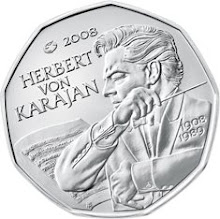 ) is a term used to characterize electrical devices, such as voltaic cell.
) is a term used to characterize electrical devices, such as voltaic cell.E.M.F of a cell is the chemical energy converted to electrical energy whenever a unit change flows across a terminal of a cell.
Electromotive force = Work Done/charge
E=W/Q
It is measured in joules per coulomb ( J C^-1) or volt (V)
ok the Theory
when a voltmeter is connected across the terminal of a cell, it is said to measure the terminal potential difference of the cell.
When a circuit's switch is opened the cell is still NOT supplying any current, the reading of the high resistance voltmeter will be maximum which is approximately equal to the e.m.f ,E of the cell.
The formula E=I(R +r) <-- Ohm's Law for the complete circuit
where
E = EMF of a cell
I = current
R = resistance
r = internal resistance of the cell
Now the problem/question has rise
Quote: 'When a circuit's switch is opened the cell is still NOT supplying any current, the reading of the high resistance voltmeter will be maximum which is approximately equal to the e.m.f ,E of the cell.'
Do you see it? when the circuit's switch is opened the cell is still NOT supplying any current. When the cell is not supplying any current, I = 0.
When I = 0
E= I(R + r)
E= 0(R+r)
E=0
for Ohm's Law
V= IR
when I=o
V= 0(R)
V=o
Means that EMF actually have current flow and not only voltage. But why the teacher can't explain it?

